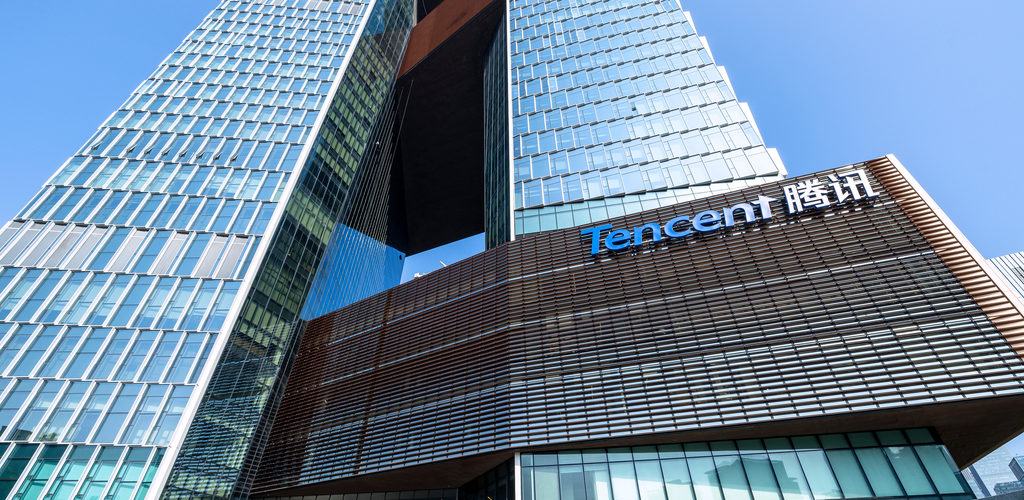Few things sound more Intel than “StarLake” but in fact, AMD is at the heart of an announcement with Chinese hyperscale giant, Tencent.
Tencent has already rolled out previous AMD Epyc based servers, including the SA1 (“Naples”) and more recently, SA2 based on AMD “Rome” processors but making the jump to “Milan” based nodes for both internal and cloud use has proven advantageous. This is a big deal for AMD, of course, since Tencent operates China’s largest collection of datacenters with over one million servers in its purview.
According to Tencent, the company will be using AMD “Milan” CPUs for a self-styled new generation of servers for in-house and cloud applications. The new nodes will sport 232 cores and a 220 percent jump in performance for certain applications, including AI inference.
According to Tencent’s GM of Cloud Server Supply Chain, Liu Yuxun, the previous AMD systems have been wildly popular and the “preferred computing platform for e-commerce enterprises, supporting 90 percent of the computing power demand in that scenario.” While some of this growth dropped off during the pandemic, Liu Yuxun explains, “supporting Tencent’s meeting capacity expansion of one mission cores in eight days and guaranteeing the meeting needs of tens of millions of users in 130 countries and regions around the world” gave good use to any of that spare capacity.
In 2020, Tencent opened its “StarLake Lab” to focus on creating a self-directed ecosystem around core infrastructure, with a good portion of work clearly focused on developing around AMD processors. This was with good cause, at Tencent’s Global Digital Ecosystem event just before the world shut down, the company showcased the first round of AMD-based servers (“Rome”) with self-styled cooling technology, which went on to meet 98 percent of all cloud application scenario demand.
Tencent has been using its SA2 “Rome” based servers for plenty of its own in-house applications as well and one can expect this will continue unhindered with the newest generation of “Milan” nodes. In 2020, Tencent’s head of advertising technology announced they were using the SA2 servers for large-scale ad delivery across its vast network with a 25 percent reduction in compute time for ad delivery.
“In the future, Tencent Cloud will continue to accelerate the deployment of self-developed server products in datacenters around the world to provide more cost-effective services to global customers,” Tencent’s supply chain GM adds.
Tencent’s StarLake servers are backed by 100Gbit/sec network bandwidth with a 400 percent increase in single-node network bandwidth compared to the previous generation and a 260 percent increase in network packet forwarding performance.
The new system’s storage hinges on Tencent’s own CBS block storage engine, which it says makes the entire storage capacity reach 8GB/sec and cuts I/O latency by 63 percent, making the StarLake servers also ideal for HPC applications.
Tencent adds that air-cooled heat dissipation capabilities are improved by 22 percent and the liquid-cooled variant can reduce carbon emissions by 8 percent.
“By working hand in hand, we can provide users with the StarLake server with higher performance, reasonable price and lower power.”

